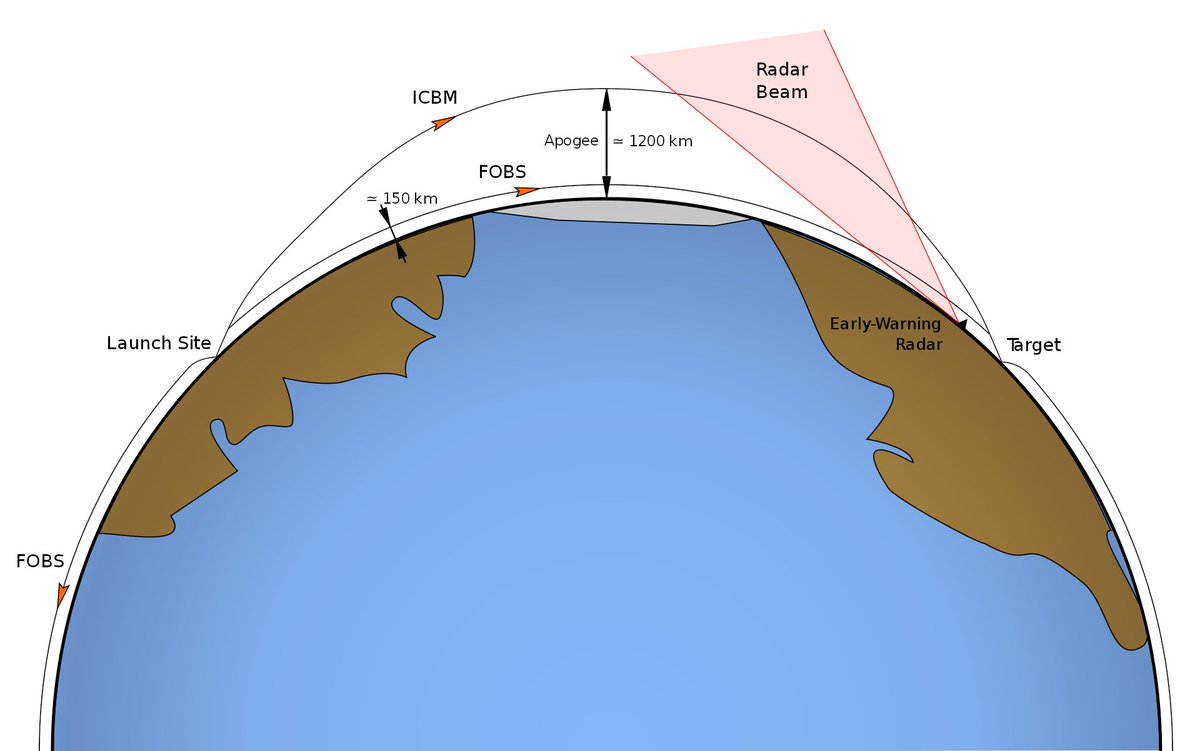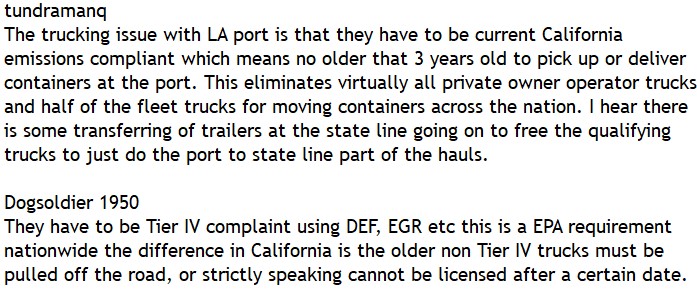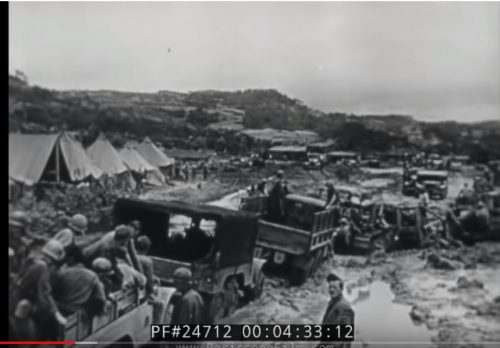
@adachi_austin_ Wikipedia has a useful article on the Jan 28th incident.
It certainly seems to explain the acceleration of IJN aviation technical development by then Rear Admiral Yamamoto. Who served as chief of the Technological Division of the Naval Air Corps
1929-1934
It certainly seems to explain the acceleration of IJN aviation technical development by then Rear Admiral Yamamoto. Who served as chief of the Technological Division of the Naval Air Corps
1929-1934
@adachi_austin_ The IJN adapted a US Fairchild radio compass in its A5M Claude, H6K Mavis and "Rikko" Type 96 land-based attack aircraft the Mitsubishi G3M designs.
Radio beacons associated with the Fairchild radio compass were deployed through out the Empire no later than 1937.

Radio beacons associated with the Fairchild radio compass were deployed through out the Empire no later than 1937.


@adachi_austin_ The radio beacons were associated with a map grid system applied around Japanese home islands and possessions.
The Western Allies were unaware of the extent of this grid mapping until the Marianas were over run in the Summer of 1944. This grid network was ~decade old by then.
The Western Allies were unaware of the extent of this grid mapping until the Marianas were over run in the Summer of 1944. This grid network was ~decade old by then.
@adachi_austin_ That bit popped out of research I'm doing for a possible stream with @ArmouredCarrier
The closer you look at the Imperial Japanese Navy. The more technological capability keeps popping out.
Pacific War historiography is sorely in need of revisions in that regard.
The closer you look at the Imperial Japanese Navy. The more technological capability keeps popping out.
Pacific War historiography is sorely in need of revisions in that regard.
@adachi_austin_ @ArmouredCarrier @threadreaderapp unroll please
@adachi_austin_ These two G3M2 bombers - the nearest Model 22 and the other a Model 21 -- both have the radio navigation loop antenna's common to that generation of IJNAS aircraft. 

• • •
Missing some Tweet in this thread? You can try to
force a refresh



















